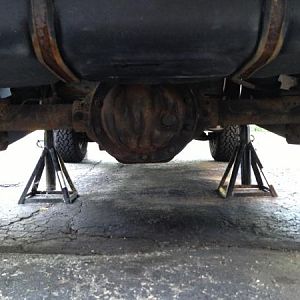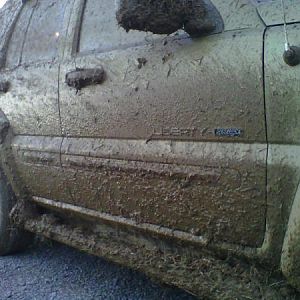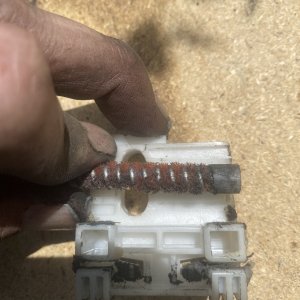How did you manage not to crack the glass doing that?
Photos of the results maybe...?
That was on a friends minivan, the last one i did anyway, so i don't have any pics or such. I took some sandpaper, dont remember what i used maybe 220 grit or so, and cleaned up the spot it came off so it was smooth and level, then i did the same to the back of the piece that came off.
The heat of the soldering iron while more concentrated isn't enough to crack the glass. The worst that will happen is you apply too much heat and burn/melt or otherwise damage the contact area. I took a temp controlled 60W station that has a quick recovery time and large thermal element, its not like your little corded radioshack soldering iron this thing can deliver 60w continuous and has very little dropoff due to thermal draw, and tinned the connector piece, added a little rosin flux from a squeeze bottle and then applied rosin core solder and got a good coating of solder on it.
Then i did the same to the window, if your really worried about cracking do it on a HOT sunny day and let the glass get nice and hot in the sun, that glass is going to be WAY hotter than that little soldering iron can provide. Not to mention once the glass is already hot it takes less heating from the soldering iron to get the area hot enough to melt the solder. If you tried to do it on a cold window chances are it would sink away the heat from the iron so fast that it just wouldn't get hot enough to do anything. The last time i fixed one in the winter we backed it into a heated garage and aimed a radiant heater towards the rear window for about an hour, the glass got nice and hot like it was sitting out in the summer sun.
The biggest mistake people make here is trying to solder with the glass ice cold, thermal shock takes care of the rest. I have soldered three of these back on in the summertime with my butane powered micro-torch, i clean up both, apply flux to both, hold the contact with a pliers, heat with torch until i can flow solder on it then with the torch still heating it i just press it up against the spot it should be and let it flow right on. They never failed again.
I tried a couple using the adhesive repair kit advance sells, i don't know if maybe the epoxy didn't cure right or what, but that doesn't seem to last. I think properly preparing and cleaning the surfaces is much more of a problem with the adhesive also.










